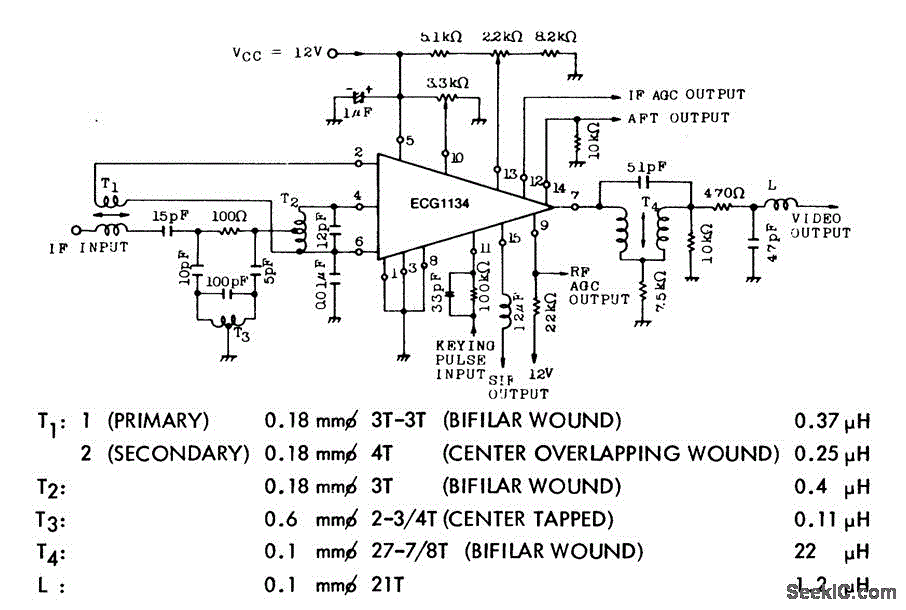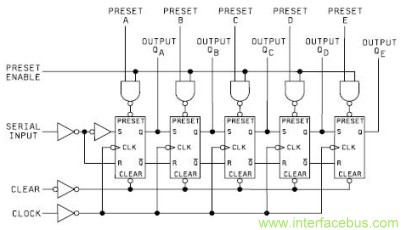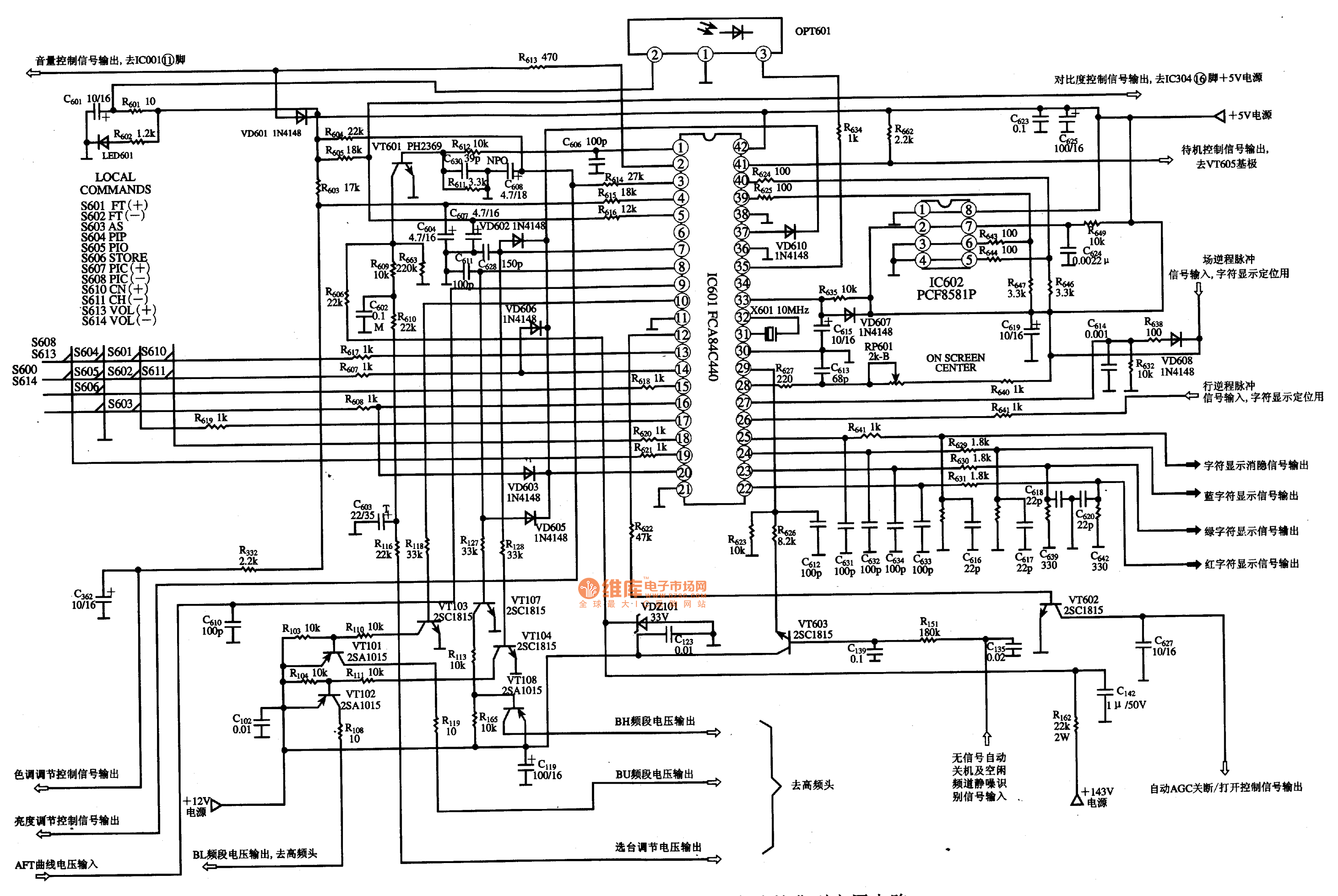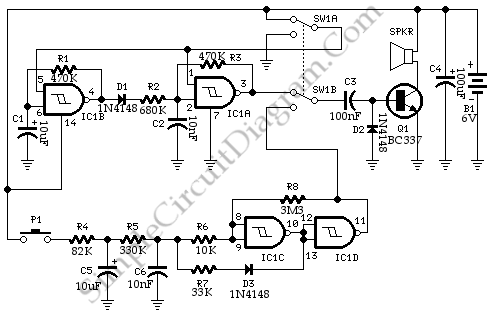
Single chip TV chroma luma processor

The CA3217E integrates all necessary circuit functions between the video detector and the RGB driver stages of a color television receiver. It decodes chroma signals to generate three distinct color signals, which are then combined with the luma to produce the RGB outputs. Users can externally adjust the picture saturation, hue, and brightness controls. The AFPC, ACC, dynamic flesh control, beam limiting, and gate black-level (brightness) controls are implemented as servo loops to stabilize the RGB output and minimize the need for frequent manual adjustments. Additionally, the automatic beam-limiter circuit reduces picture contrast and brightness to prevent excessive drive output at the picture tube.
The CA3217E is a critical component in color television systems, serving as a bridge between the video processing and display stages. Its ability to decode chroma signals allows for the precise generation of RGB signals, which are essential for accurate color reproduction on the screen. The internal circuitry of the CA3217E ensures that the RGB signals are not only produced but also finely tuned to match the viewer's preferences through adjustable controls.
The externally adjustable controls for picture saturation, hue, and brightness enable users to customize their viewing experience, ensuring that the display meets their specific visual preferences. The implementation of servo loops, such as the Automatic Frequency and Phase Control (AFPC) and Automatic Color Control (ACC), enhances the stability of the output signals, reducing the likelihood of color drift or instability over time. This is particularly important in maintaining consistent picture quality during prolonged viewing periods.
The dynamic flesh control feature enhances skin tones, providing a more natural appearance in televised images. The beam limiting circuitry plays a vital role in protecting the picture tube from excessive drive levels, which can lead to overheating and potential damage. By automatically adjusting the brightness and contrast levels, this feature ensures that the display operates within safe parameters, thereby extending the lifespan of the television.
Overall, the CA3217E is a sophisticated device that combines multiple functions to enhance the performance and reliability of color television receivers, making it an essential component in modern television technology.The CA3217E contains all required circuit functions between the video detector and picture-tube RGB driver stages of a color television receiver. The CA3217E decodes the chroma signals and then produces three different color signals that are internally combined with the luma to develop the RGB signals.
The picture saturation, hue, and brightness c ontrols are externally adjustable by the viewers. The AFPC, ACC, dynamic flesh control, beam limiting, and gate black-level (brightness) controls are servo loops that are used to stabilize the RGB output and reduce frequent manual adjustment. The automatic beam-limiter circuit reduces picture contrast and brightness to prevent excessive drive output at the picture tube.
🔗 External reference
The CA3217E is a critical component in color television systems, serving as a bridge between the video processing and display stages. Its ability to decode chroma signals allows for the precise generation of RGB signals, which are essential for accurate color reproduction on the screen. The internal circuitry of the CA3217E ensures that the RGB signals are not only produced but also finely tuned to match the viewer's preferences through adjustable controls.
The externally adjustable controls for picture saturation, hue, and brightness enable users to customize their viewing experience, ensuring that the display meets their specific visual preferences. The implementation of servo loops, such as the Automatic Frequency and Phase Control (AFPC) and Automatic Color Control (ACC), enhances the stability of the output signals, reducing the likelihood of color drift or instability over time. This is particularly important in maintaining consistent picture quality during prolonged viewing periods.
The dynamic flesh control feature enhances skin tones, providing a more natural appearance in televised images. The beam limiting circuitry plays a vital role in protecting the picture tube from excessive drive levels, which can lead to overheating and potential damage. By automatically adjusting the brightness and contrast levels, this feature ensures that the display operates within safe parameters, thereby extending the lifespan of the television.
Overall, the CA3217E is a sophisticated device that combines multiple functions to enhance the performance and reliability of color television receivers, making it an essential component in modern television technology.The CA3217E contains all required circuit functions between the video detector and picture-tube RGB driver stages of a color television receiver. The CA3217E decodes the chroma signals and then produces three different color signals that are internally combined with the luma to develop the RGB signals.
The picture saturation, hue, and brightness c ontrols are externally adjustable by the viewers. The AFPC, ACC, dynamic flesh control, beam limiting, and gate black-level (brightness) controls are servo loops that are used to stabilize the RGB output and reduce frequent manual adjustment. The automatic beam-limiter circuit reduces picture contrast and brightness to prevent excessive drive output at the picture tube.
🔗 External reference





